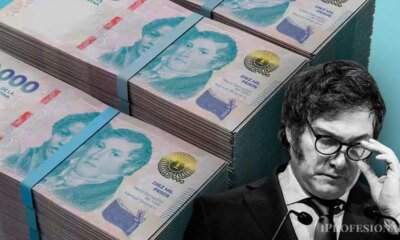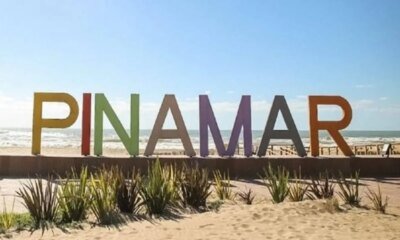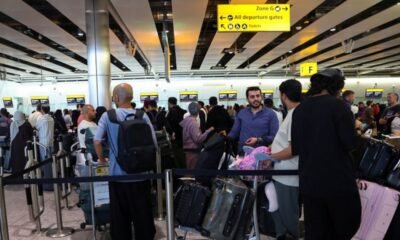INTERNACIONAL
Obama Presidential Center deposits just $1M into $470M reserve fund aimed to protect taxpayers

NEWYou can now listen to Fox News articles!
When the Obama Foundation snagged a sweetheart deal to build its beleaguered Obama Presidential Center on a Chicago public park, it pledged to create a $470 million reserve fund to spare taxpayers should the project ever go belly up.
But new tax filings show the foundation has only deposited $1 million into the fund and has not added to it in years, with critics saying the empty promise could potentially leave Chicagoans on the hook for hundreds of millions of dollars.
Under its agreement with the city, the foundation was required to create the fund, known as an endowment, in order to take control of the sprawling 19.3-acre section of Jackson Park — often described as Chicago’s Central Park equivalent — where the complex is now slowly rising.
The foundation ultimately secured the public land for just $10 in 2018, under a 99-year deal.
Former President Barack Obama is pictured next to construction of the Obama Presidential Center in Chicago, Illinois, a project facing delays, soaring costs and mounting scrutiny over its finances. (Scott Olson/Getty Images; REUTERS/Vincent Alban)
OBAMA LIBRARY, BEGUN WITH LOFTY DEI GOALS, NOW PLAGUED BY $40M RACIALLY CHARGED SUIT, BALLOONING COSTS
But when former President Barack Obama and former First Lady Michelle Obama turned the sod at the site in September 2021, just $1 million — or 0.21% of the pledged funds — had been deposited into the endowment, and that figure has remained unchanged ever since.
With construction progressing at a snail’s pace and costs ballooning from an original estimate of $330 million to at least $850 million, the lack of progress on the promised endowment has fueled fears the Obama Presidential Center could leave taxpayers holding the can if finances spiral into the red.
It comes as the Obama Foundation’s latest tax return shows its finances under strain with revenue swinging wildly year to year, fundraising shortfalls and unfulfilled donor pledges.
On news that the endowment has largely remained unfunded, Illinois GOP Chair Kathy Salvi slammed the project as an «abomination» while blasting Democrats for potentially exposing taxpayers with the deal.
«It should come as no surprise that the Obama Center is potentially leaving Illinois taxpayers high and dry — it’s an Illinois Democrat tradition,» Salvi told Fox News Digital in a statement. «Democrats in this state, when not going to prison for corruption, treat taxpayers like a personal piggy bank giving sweetheart deals to their political benefactors.»
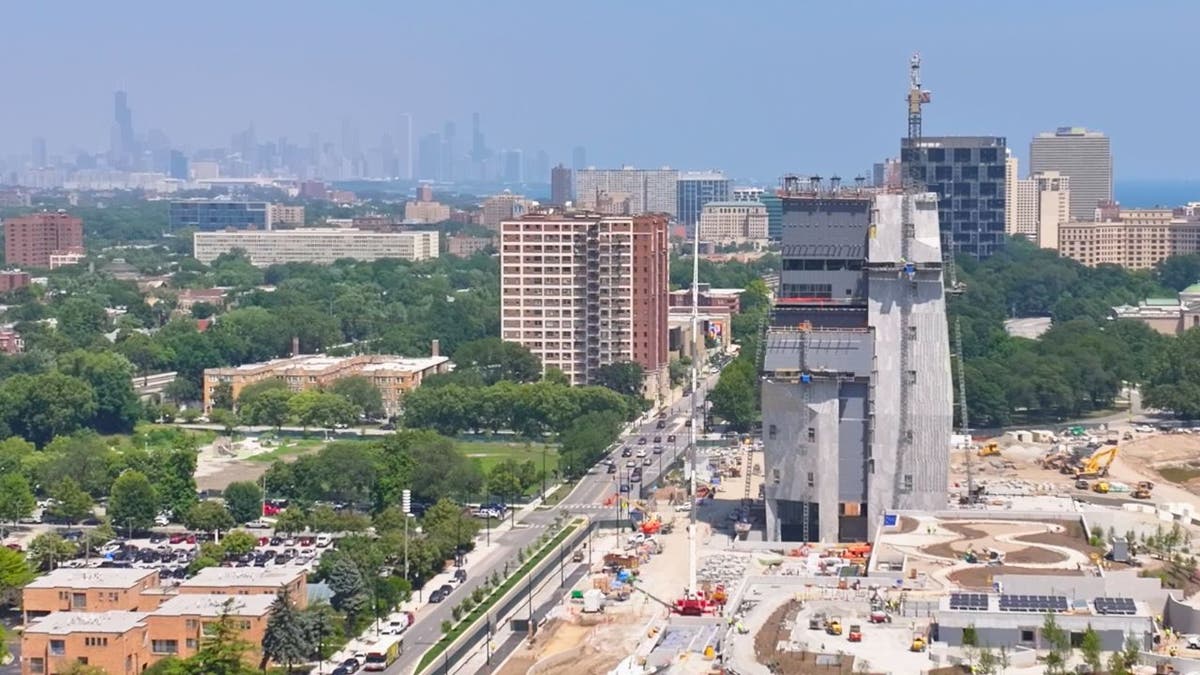
The Obama Presidential Center under construction in July. (Fox News Digital)
Scholar sounds alarm
Richard Epstein, a University of Chicago law professor emeritus and a New York University law professor, has raised concerns about the endowment for years and advised the local nonprofit Protect Our Parks with legal challenges to try to stop the Obama Center’s construction.
Epstein argues the foundation’s failure to fund its endowment confirms his long-held view that the city never should have signed over the large section of Jackson Park.
«They put a million dollars into a $400 million endowment, so it’s endowed. That gets you in jail as a securities matter,» Epstein told Fox News Digital. «An endowment means that you have the money in hand… But they have nothing. They just have the same $1 million that they put in in 2021 as far as I can tell. So I regard this as something of a public calamity.»
An endowment is a pot of money meant to earn enough interest each year to cover operating costs without touching the principle in order to avoid the taxpayer stepping in.
«Without an endowment, they’ll have to scramble every year to cover $30 million in operating costs,» Epstein said. «The whole point of an endowment is to avoid that volatility. They just haven’t endowed it. Of that I’m 100% sure.»
Epstein argues that if the foundation or center falters, the public could be saddled with traffic rerouting costs, environmental impacts, or even the bill for an incomplete building.
«Nobody knows exactly who is responsible for what if the project is abandoned or incomplete,» Epstein said. «There is a risk that the public will then have to bear that loss because the foundation won’t have the money.»
Epstein said the city has effectively looked the other way, declaring the foundation «compliant» on the endowment despite only $1 million ever being deposited. Proof, he argues, that officials never intended to enforce the requirement.
The Obama Foundation told Fox News Digital that it will be making «significant investments in the endowment in the coming years» as it has been prioritizing fundraising for the center and leadership programs.
«The Obama Presidential Center is fully funded and it will open in the spring of 2026,» a spokesperson for the foundation said.
CharityWatch, a nonprofit watchdog, told Fox News Digital that the foundation technically complied with its agreement by creating an endowment because the deal never set a dollar figure. The group also said that the foundation remains «well-funded» overall while also acknowledging the pledge risks, volatility and lack of a real endowment.
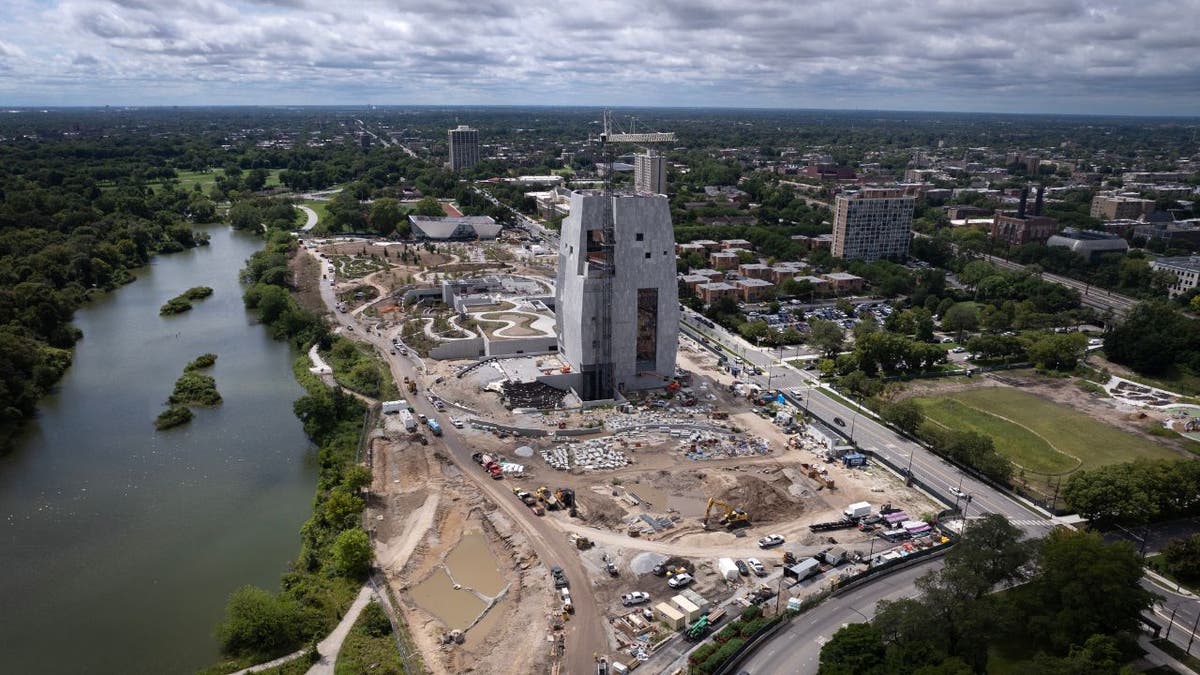
An aerial view shows construction of the Obama Presidential Center in Jackson Park, Chicago, Illinois, where costs have soared and questions remain about the project’s funding. (Scott Olson/Getty Images)
While the foundation’s agreement with the city required it to create an endowment, it did not specify an amount. The $470 million figure was being reported on as the city council deliberated on the deal and the foundation committed to that sum in its 2020 annual report.
In 2021 documents, the foundation said that first-year operating costs would be as much as $40 million. By that math, the center would actually need an endowment of between $800 million to $1 billion to fund operations without tapping the principle.
It’s also unclear how much revenue the foundation expects to generate each year.
Epstein said the lack of funds has long been the project’s Achilles heel. Without the endowment it promised, the project’s financial underpinning remains shaky, he said.
CHICAGO RESIDENTS CALL OBAMA PRESIDENTIAL CENTER A ‘MONSTROSITY,’ FEAR THEY’LL BE DISPLACED: REPORT
Despite financial pressures, the Obama Foundation has already spent about $600 million constructing the center, which aims to honor former President Barack Obama’s political career and be a civic hub. It consists of a 225-foot-tall museum, a digital library, conference facilities, a gymnasium and a regulation-sized NBA court. It will also house the Obama Foundation.
The new tax filings show the foundation ended 2024 with $116.5 million in cash, down nearly $80 million from the year before, while still owing about $234 million in construction costs. Of the funding gap, $216 million comes from firm pledges — promises of future donations — while another $201 million is tied up in conditional pledges that may never materialize if benchmarks aren’t met.
Epstein said the foundation’s financial assurances ring hollow, because a large chunk of the money it counts on is tied up in pledges and credit rather than cash in hand — leaving the center vulnerable to donor fatigue and year-to-year uncertainty.
WATCH: The Brian Kilmeade Show: Obama Presidential Center rocked by $40M racial bias lawsuit
Public trust doctrine
In the Protect Our Parks lawsuit, Epstein argued that handing Jackson Park to the Obama Foundation violated the public trust doctrine — which bars cities from giving away public land without a clear public benefit. The plaintiffs said the city gave away land worth nearly $200 million without securing enforceable returns for taxpayers.
However, U.S. District Judge John Robert Blakey, an Obama appointee, dismissed the case in 2019, ruling that the Obama Center qualified as a public use and that courts should defer to the city’s determination. The Seventh Circuit upheld the dismissal in 2020 and various other challenges by the plaintiffs have also failed on the public trust doctrine argument.
Epstein now points to the foundation’s failure to fund its promised endowment as proof the project never truly met the public benefit test and that a core part of his argument was valid.
As well as not being able to fill the endowment, the foundation is also financing a $250 million revolving credit line that it has yet to draw down but is costing the foundation hundreds of thousands of dollars in annual fees, according to the tax filings.
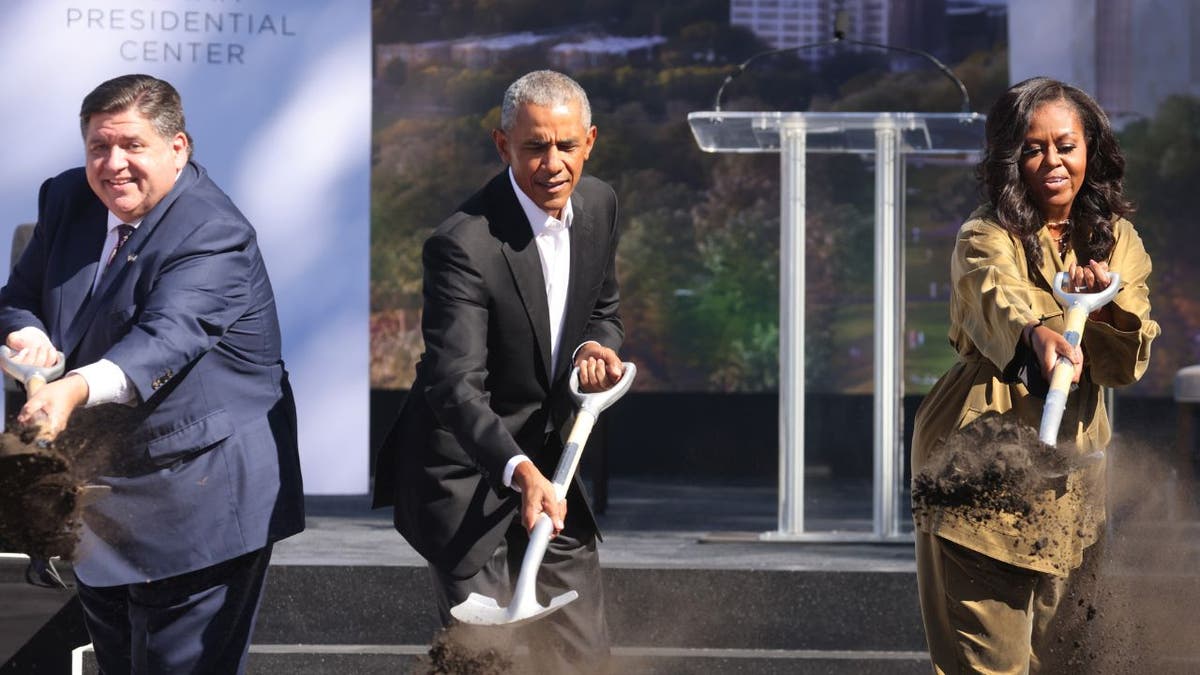
Illinois Governor J.B. Pritzker (L) joins former U.S. President Barack Obama and former first lady Michelle Obama in a ceremonial groundbreaking at the Obama Presidential Center in Jackson Park on Sept. 28, 2021 in Chicago, Illinois. At the time, around $1 million was in the endowment and it has remained relatively the same since. ( Scott Olson/Getty Images)
Easing oversight
Epstein argues the endowment shortfall is just one example of how the project has skirted safeguards.
Its 99-year deal with the city was rebranded as a «use agreement,» instead of a land lease, a legal pivot that he said let the city sidestep public-trust oversight and other regulatory checks.
The move grew out of an earlier fight over filmmaker George Lucas’s bid to build a Museum of Narrative Art on the lakefront. In 2016, a federal judge ruled the city’s plan to hand Lucas a 99-year lease of public parkland violated the public trust doctrine, sending Lucas packing for Los Angeles.
When the Obama Foundation arrived the following year, city officials adopted the new user agreement label. The terms were effectively the same — exclusive control for nearly a century in exchange for $10 — but by calling it a «use agreement,» the city claimed it no longer triggered the same scrutiny.
CLICK HERE TO GET THE FOX NEWS APP
Epstein called it a textbook case of bending the rules. «You can’t get out of a government regulatory relationship by changing the name on something,» he said.
Epstein said the foundation’s finances have never been fully scrutinized and his team was never allowed to examine the center’s internal records — from construction contracts to day-to-day statements — leaving the true state of its fundraising and shrouded in secrecy.
«They’ve gotten a free pass on both the environmental side and the financial side,» Epstein said. «Unless somebody cracks open the books, nobody really knows if they can actually fund this project. And if they can’t, it’s the public that will be left holding the bag.»
The offices of Mayor Brandon Johnson, Gov. J.B. Pritzker, the Democratic National Committee and the Democratic Party of Illinois did not respond to requests for comment.
barack obama,politics,chicago,democratic party,republicans,museums exhibits,education,presidential,michelle obama,law
INTERNACIONAL
US escalation with Maduro halts deportation flights to Venezuela
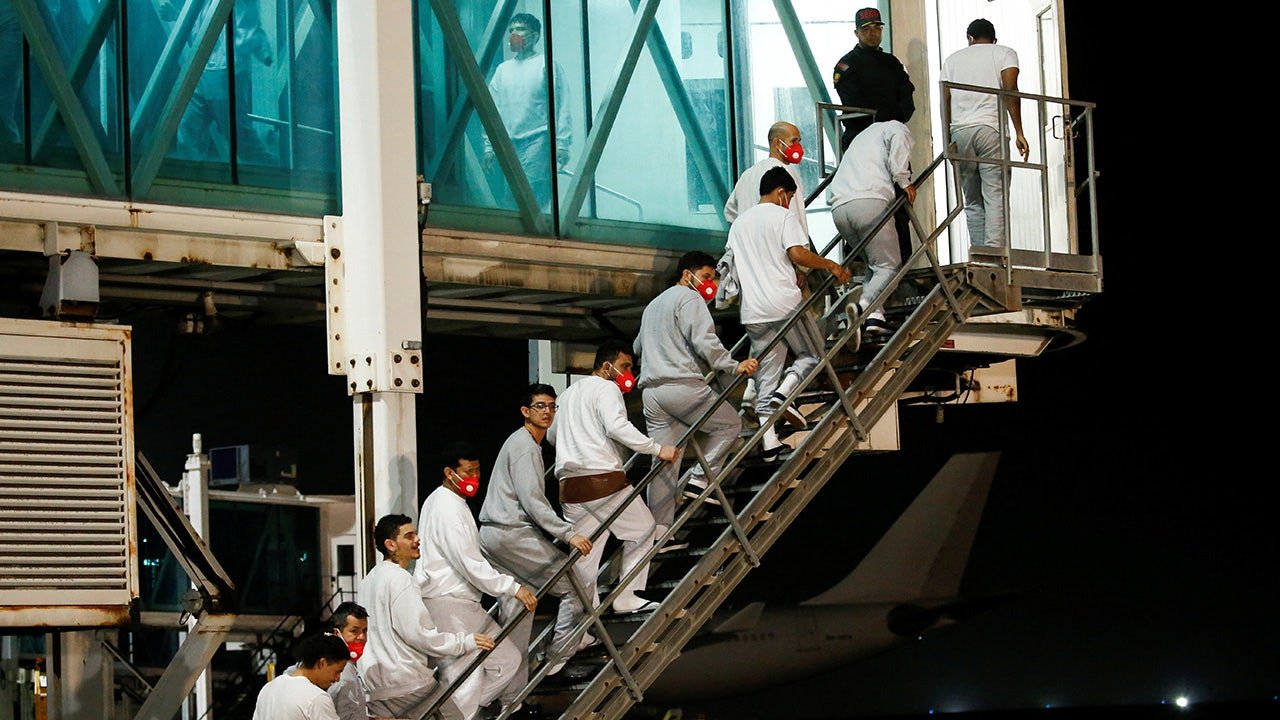
NEWYou can now listen to Fox News articles!
Recent U.S. military escalations involving Venezuela have halted flights carrying unlawful migrants from the United States back to the South American country, Venezuela’s foreign ministry said, prompting criticism from anti-intervention voices.
President Donald Trump warned pilots Saturday that the airspace «above and surrounding» Venezuela should be «closed in its entirety» as his administration weighs potential strikes on targets in and around Caracas.
«Through this action, the United States government has unilaterally suspended the Venezuelan migrant flights that were being carried out regularly and weekly as part of the repatriation of Venezuelans through the Plan Vuelta a la Patria (Return to the Homeland Plan),» the ministry said in a statement.
The deportation flights had been one of the only areas of cooperation between Washington and the government of Nicolás Maduro. Venezuelan officials say nearly 14,000 nationals have been returned on twice-weekly charter flights in recent months.
The deportation flights had been one of the only areas of cooperation between Washington and the government of Nicolás Maduro. (Federico Parra/AFP via Getty Images)
VENEZUELA AGREES TO RESUME DEPORTATION FLIGHTS IN RESPONSE TO PRESSURE FROM TRUMP
At the same time, the Trump administration has continued moving forward with plans to end temporary protected status for roughly 600,000 Venezuelans living in the United States.
«Genius. Enough with this immigration enforcement nonsense. Let’s get back to True MAGA — neocon wars that exacerbate and cause migration crises. About darn time,» said Curt Mills, executive editor of The American Conservative, criticizing the shift toward military action.
So far, U.S. strikes have targeted alleged narco-traffickers operating in the Caribbean near Venezuela. But officials have signaled that operations could expand to land-based targets as Washington increases pressure on Maduro to relinquish power.
VENEZUELA WILL FACE ‘SEVERE, AND ESCALATING SANCTIONS’ IF IT DOESN’T ACCEPT ITS CITIZENS, RUBIO SAYS
Dozens of U.S. bombers have deployed to the region alongside the world’s largest aircraft carrier, the USS Gerald R. Ford, underscoring the scale of the buildup. With U.S. bombers and the Ford already positioned in the region, much of the world is waiting to see whether Trump will green-light the next phase of strikes against Venezuelan targets.
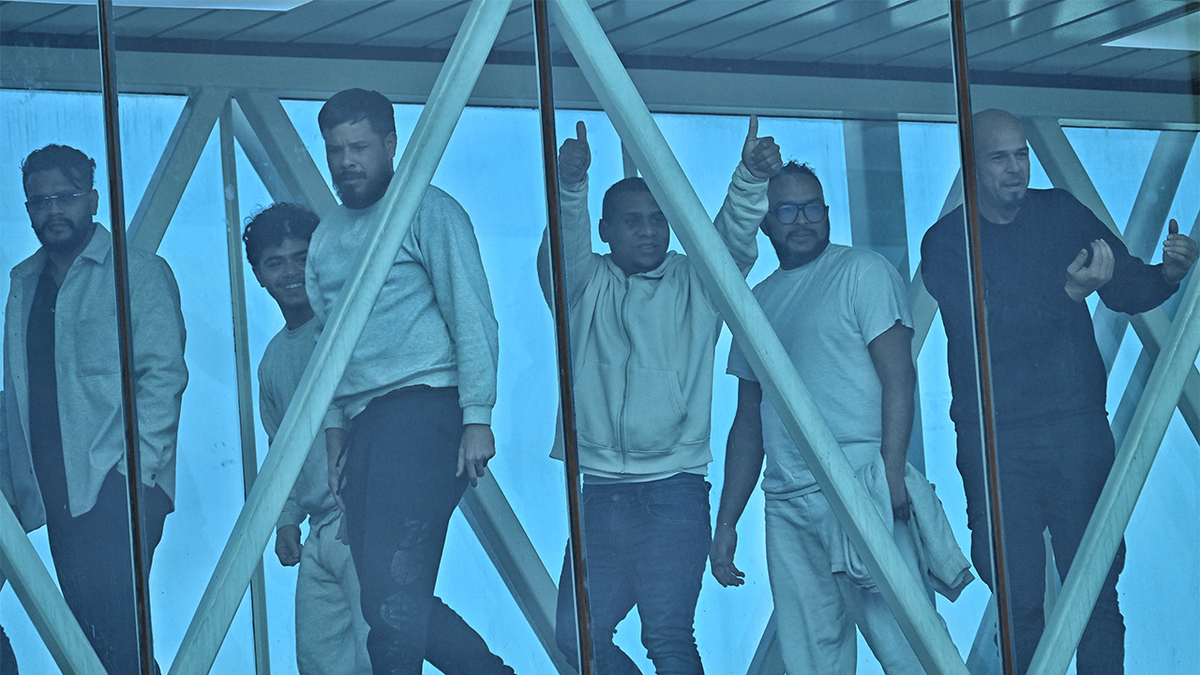
Venezuelan migrants repatriated from the U.S. gesture seen upon arrival at Simon Bolivar International Airport in Maiquetia, Venezuela, April 4, 2025. (Juan Barreto/AFP via Getty Images)

Venezuelan migrants flown from Guantanamo Bay via Honduras walk up a ladder after arriving on a deportation flight at Simon Bolivar International Airport in Maiquetia, La Guaira State, Venezuela, February 20, 2025. (Leonardo Fernandez Viloria/Reuters)
Trump confirmed he spoke with Maduro by phone recently.
«I wouldn’t say it went well or badly. It was a phone call,» he told reporters aboard Air Force One Sunday.
Trump presented Maduro with an ultimatum — step down or face potential U.S. military action. Maduro, the Miami Herald reported, sought global amnesty for himself, demanded to retain control of the military and resisted an immediate exit from power.
CLICK HERE TO DOWNLOAD THE FOX NEWS APP
Restraint-minded foreign policy analysts have sounded the alarm against a regime-change-driven intervention in Venezuela, arguing such a move could make migration patterns worse.
«Escalatory dynamics could trigger regional instability and hostility, with migration flows among the most predictable consequences,» a report by Stimson Center analysts Evan Cooper and Alessandro Perri claimed. «Absent a credible transition structure inside Venezuela, external pressure is far more likely to deepen chaos — driving more Venezuelans to flee — than to produce political change.»
Analysts in the libertarian foreign-policy space have issued similar warnings.
Doug Bandow, a senior fellow at the Cato Institute, argued that «U.S. militarized pressure on Venezuela is far more likely to worsen instability than to produce meaningful political change,» adding that history shows «coercion in Venezuela leads to unpredictable outcomes and episodes of mass flight.»
«Escalation without a stable political alternative inside Venezuela risks accelerating the very migration pressures Washington is trying to contain,» said George A. López, a senior analyst at the Quincy Institute.
venezuelan political crisis,immigration,homeland security
INTERNACIONAL
Teen with dreams of lion taming mauled to death after climbing into enclosure at zoo
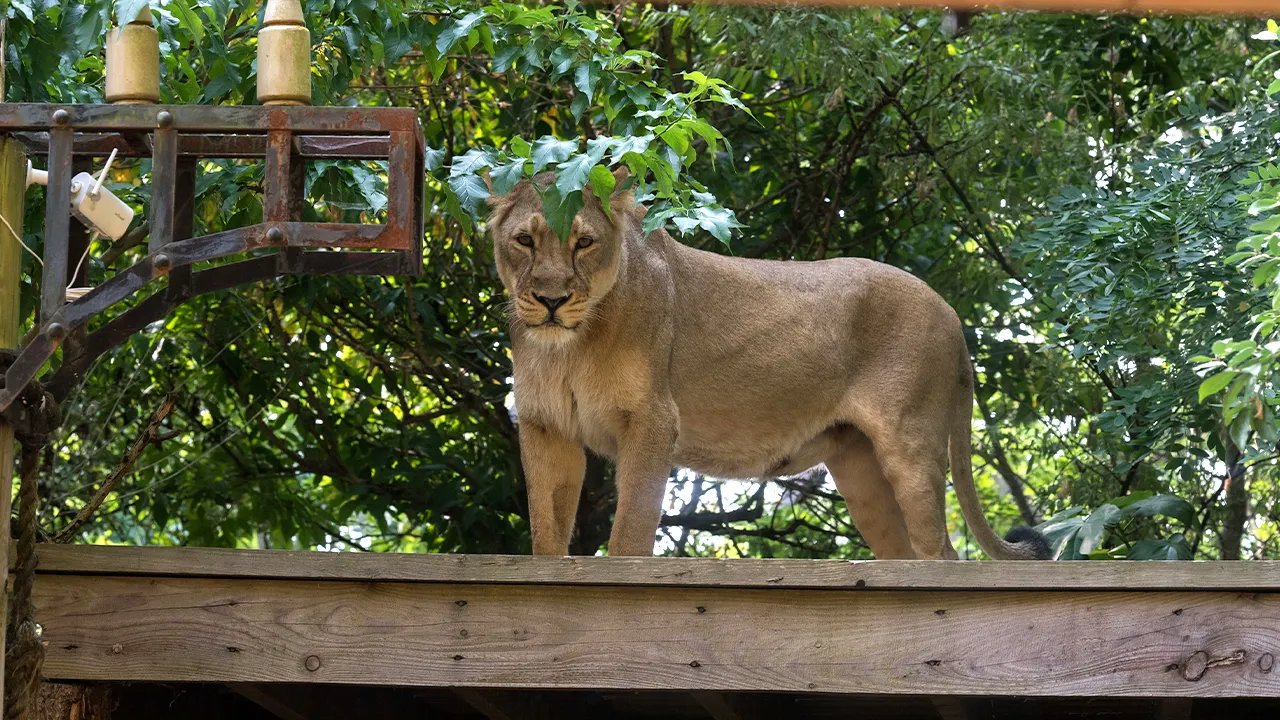
NEWYou can now listen to Fox News articles!
A 19-year-old man was mauled to death after climbing into a lion enclosure Sunday morning in Brazil.
Viral video captured the incident, showing the victim scaling a roughly 26-foot-tall fence to enter the lioness’s enclosure at Arruda Câmara Zoobotanical Park, known locally as Bica, in João Pessoa, Paraíba.
Local media Correio Braziliense identified the victim as Gerson de Melo Machado who has long aspired to be a lion tamer. Machado reportedly had mental health issues and had been diagnosed with schizophrenia.
The zoo confirmed in a statement that the individual deliberately entered the enclosure, was attacked by the animal, and did not survive his injuries.
RISING CLIMBING STAR PLUNGES TO DEATH FROM YOSEMITE’S EL CAPITAN MID-LIVESTREAM
An lioness stands on a platform at a zoo enclosure on Aug. 19, 2024. (Wiktor Szymanowicz/Anadolu)
«The Arruda Câmara Zoobotanical Park (Bica) deeply regrets what happened this Sunday morning, when a man deliberately invaded the lioness’s enclosure, resulting in his death,» the zoo said in a statement on social media Sunday. «This is an extremely sad episode for everyone, and we express our solidarity and condolences to the family and friends of the man.»
In the video, witnesses watched in horror as the teen climbed the towering fence and shimmied down a nearby tree. A lion in the enclosure spotted him, prowled to the base of the tree and waited as he continued his descent.
When the boy got close enough to the ground, the lion sprang on him. He tried to flee, disappearing into the bushes and briefly reappearing during his escape, only to be leapt on again by the lioness. The mauling then continued out of view behind a wall.
MAN CAUGHT ON CAMERA APPROACHING, SPRAYING UNKNOWN SUBSTANCE TOWARD YELLOWSTONE WOLVES: RANGERS

Zoo patrons look through a window at a lion enclosure on Feb. 21, 2008. (Justin Sullivan)
Following the incident, the park was closed to allow for safety procedures and the removal of the body. The zoo stated that Bica will remain closed to visitors until the investigation and all official procedures are complete.
Machado had struggled with mental health issues throughout his life, and his mother had also been diagnosed with schizophrenia, according to Correio, which cited child welfare counselor Verônica Oliveira, who had been monitoring him since childhood. Oliveira told the outlet that Machado had always dreamed of traveling to Africa to become a lion tamer and was once caught hiding in the landing gear of a plane, believing it would take him there.
The zoo stated it does not plan to euthanize the lion, emphasizing that the killing resulted from deliberate trespassing, an incident that was «completely unpredictable» and «outside of any scenario within the park’s routine.»

Visitors view two lions through a window in their enclosure on July 22, 2025. (Justin Sullivan)
CLICK HERE TO DOWNLOAD THE FOX NEWS APP
The lion is reportedly stressed but shows no signs of behavior that would warrant concern for euthanasia.
«It is important to emphasize that euthanasia was never considered,» the zoo said. «Leona is healthy, does not exhibit aggressive behavior outside the context of the incident, and will not be euthanized.»
brazil,mammals,mental health
INTERNACIONAL
Macron con Zelenski: un plan sobre Ucrania «sólo puede finalizarse» con Kiev y los europeos «alrededor de la mesa»
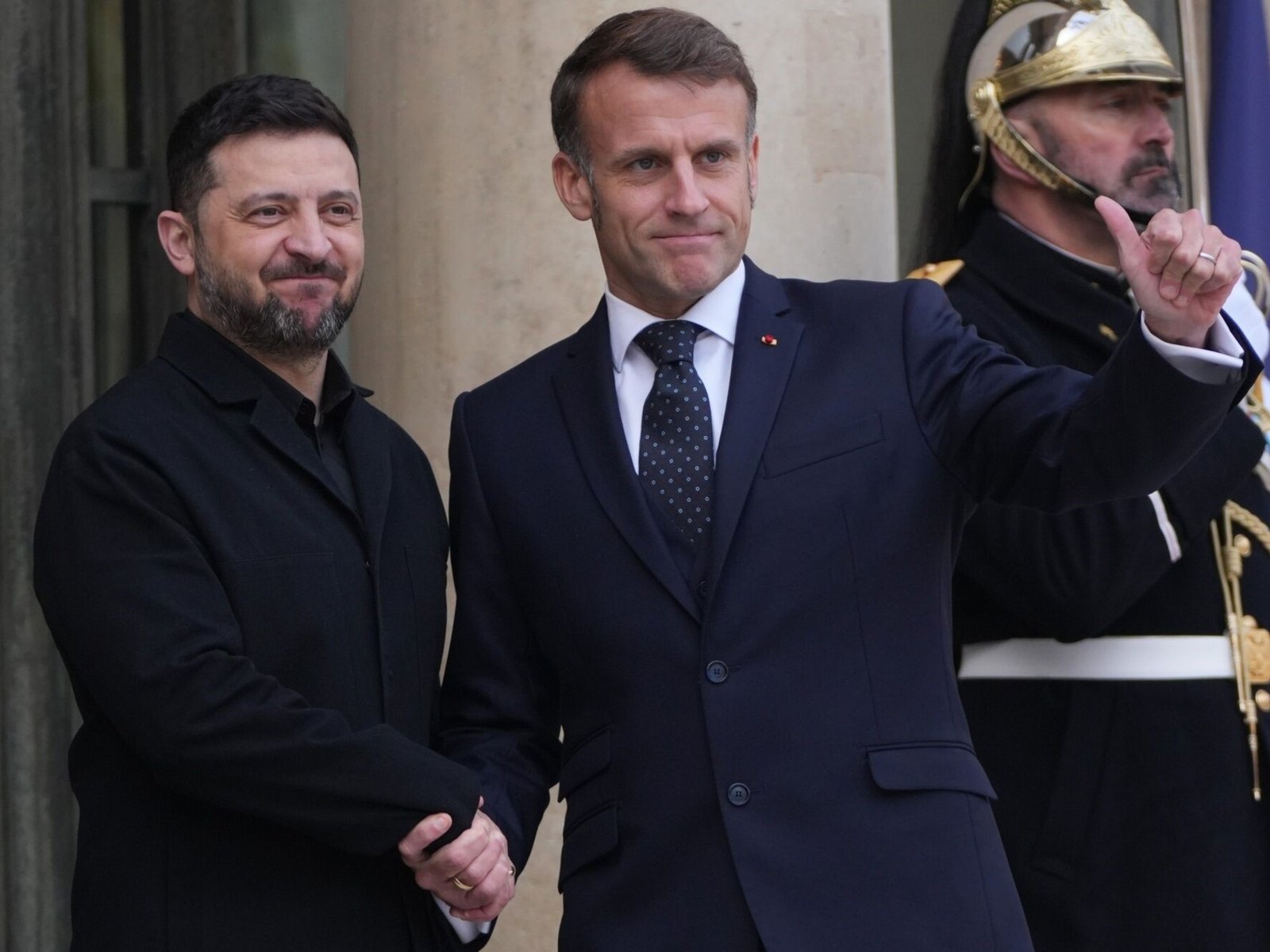
«Queremos terminar esta guerra con dignidad»
No darán lecciones a Ucrania
Una invasión sin recompensa
Sanciones a Rusia y las negociaciones
Los problemas a arreglar y el frente militar
La reacción de los europeos

 POLITICA3 días ago
POLITICA3 días agoPatricia Bullrich lleva la disputa por el fútbol al Congreso y pone bajo la lupa a la conducción de la AFA

 DEPORTE3 días ago
DEPORTE3 días agoLas sanciones de AFA a Estudiantes por el pasillo a Rosario Central: Supensión a Verón y los jugadores

 INTERNACIONAL3 días ago
INTERNACIONAL3 días agoLas aerolíneas afectadas por el fallo de Airbus anunciaron cancelaciones y retrasos en vuelos programados para el fin de semana



